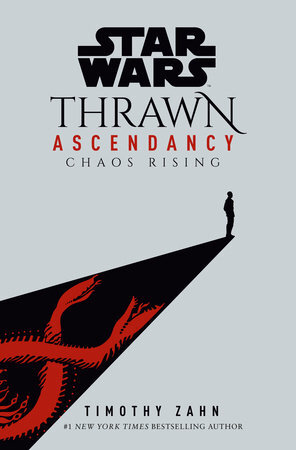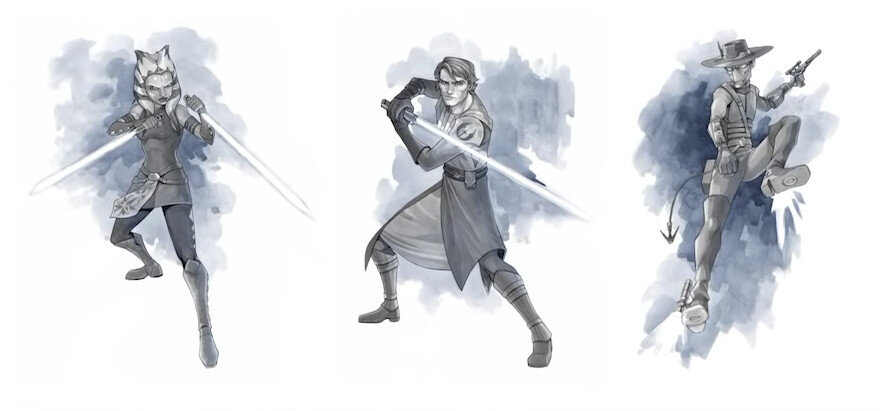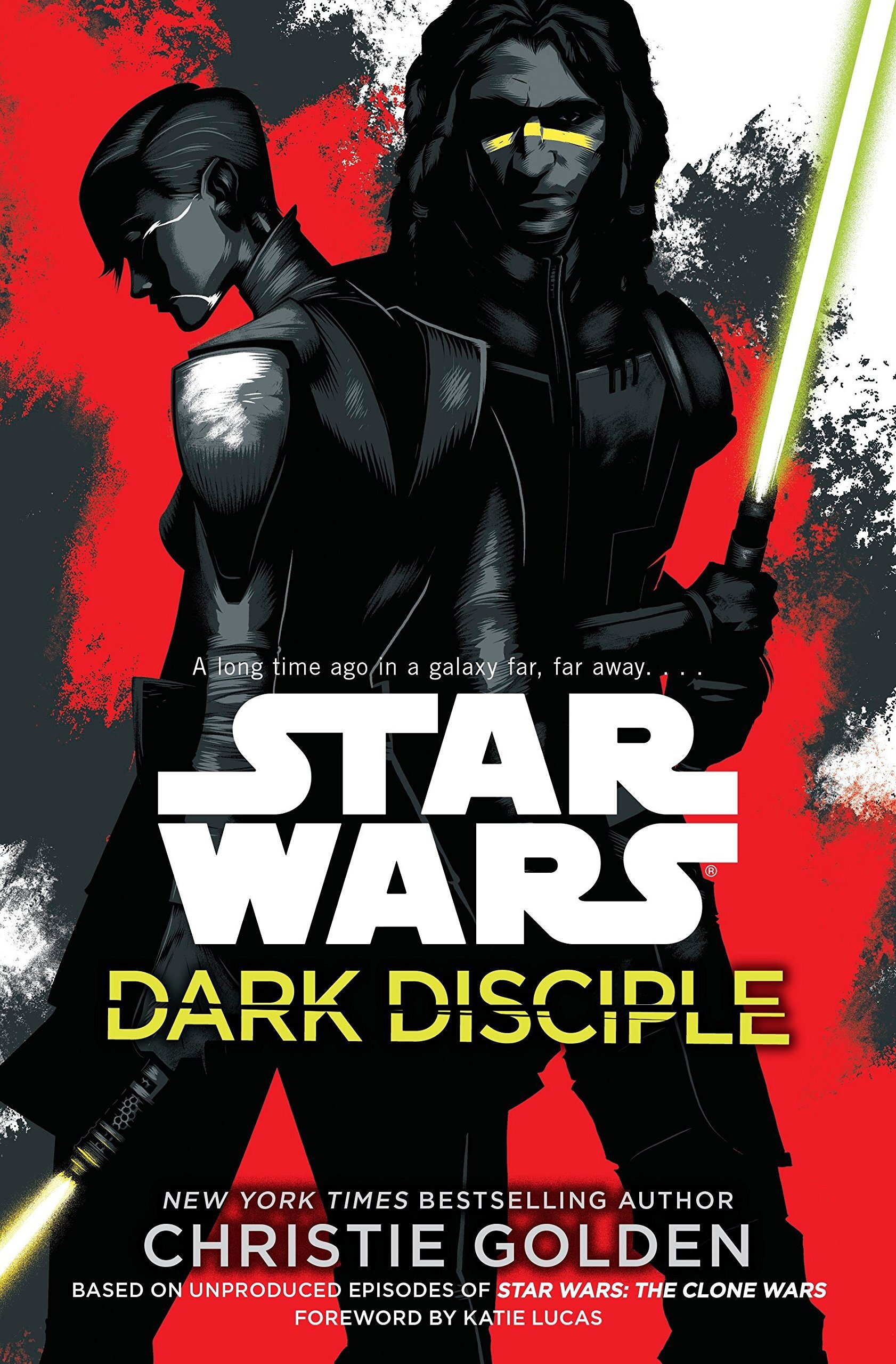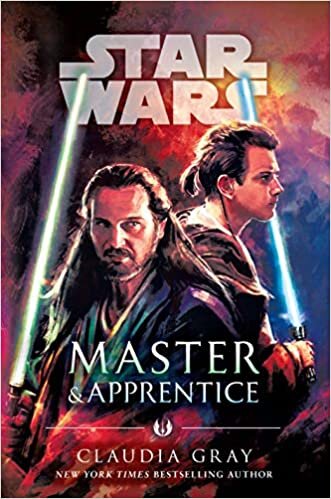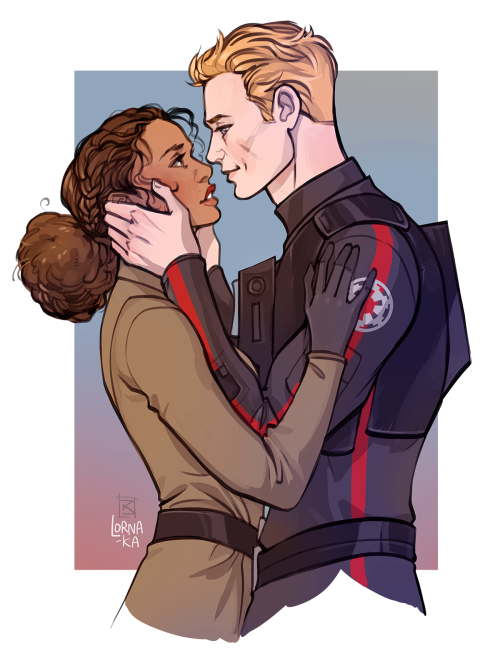By: Christian Corah
Descriptives
Page count: Kindle Edition, 390 pages
Author: Timothy Zahn
Timeline: 18 BBY
Intended Audience: Adult
Main characters: Thrawn, Che’ri, Thalias, Ar’alani, and others
Brief synopsis: With potential dangers rising within the Chaos, Thrawn is determined to sniff out and destroy any threat to the Chiss Ascendancy.
Gut Feeling
Before getting into my review of Thrawn Ascendancy, I want to point out that I have not finished reading Zahn’s newest Canon trilogy yet. I have only read the first book of the series (you can read that review here) and have merely begun the second. Because of that, I have likely missed many Thrawn Easter Eggs scattered throughout this novel.
That being said, I thoroughly enjoyed Thrawn Ascendancy. It contained everything that I enjoyed about Thrawn, but somehow I enjoyed this book even more. While I do enjoy Thrawn in Rebels, he is truly at his best in book form with Zahn in control. Throughout almost the entire read, it inspired critical thinking: teasing me to think one step ahead of Thrawn (I could never do it). Even though it took me about a month to read, I never wanted to stop reading when I got into it. It was consistently good from beginning to end. It is clear that I like this book a lot and that it deserves the praise that is getting, so let's see just how high it will score.
Characters (10/10 pts)
This section is surprisingly one of the strongest, if not the strongest, part of the book. It is not that I expected the characters to be bad, as I gave characters a perfect score in Thrawn, I just didn’t expect them to be this good. Zahn’s strength in characters usually lies in their depth. That is, we usually have a great understanding of what makes each character tick. He really delves into their thoughts and backgrounds to accomplish this. Even though this strength was certainly present in Thrawn Ascendancy, it was also accompanied by a strong emotional connection to certain characters. Specifically, I was attached to 10 year old Che’ri. I felt agony whenever she was in danger and was filled with euphoria whenever she experienced success. While I do care what happens with Thrawn, this emotional connection is not as present. This greatly improves the overall quality of the book, which is already excellent.
And, of course, Zahn focused a considerable amount of the book on applying character development/background to Thrawn. As Thrawn has traditionally been the villain of the story, he was not in Thrawn Ascendancy. This really gives us a new perspective on this character. We also get to see him interact outside the realms of the Empire within the Chiss Ascendancy. This gives us a more complete understanding of the character and clues us in to how he became the character we are more familiar with in Rebels and Zahn’s previous Canon trilogy. Zahn outdid himself here with the characters and easily earns a full 10 points.
Writing Style (9/10 pts)
It is no surprise that Zahn is one of the more accomplished Star Wars authors. And as this group of authors all produce work of a high quality, this says a lot about the writing ability of Zahn. His writing style is rather dense, with many details included on each page. When this happens, it can take away from the readability of the novel. It is a tradeoff. However, this is not the case with Zahn’s work. The work is still easy to read, and even more so in this book when compared to Thrawn. My only critique of Zahn’s writing style is that the dialogue is a bit awkward at points. I understand that the way Thrawn communicates is unique, but some of the conversations do not sound completely authentic. But this doesn’t hurt the score much, it only keeps it from being perfect. I am giving 9 points.
Plot (8.5/10 pts)
The plot in Thrawn Ascendancy felt rather similar to that of Thrawn: not exactly in its content, but in its flow. The book started out exciting and it had a slow build up to a climactic finish. While there were certain peaks and valleys throughout the book, they served well to move the plot along and I always knew the situation wasn’t revlovled, which only built anticipation for the ending. And the ending was certainly exciting. It wrapped up the story for this book, but still opened the door for an exciting second book, which is what it was supposed to do. It also benefited from numerous “Memories” sections that delved into past moments of Thrawn’s life. This gave not only a better understanding of Thrawn’s character, but also a better understanding of the overall story. This is something that Zahn accomplishes well in most of his novels. My only criticism of the book is that it didn’t quite feel like the first book in a trilogy. Even though it did open the door for the next book, the story of this novel felt too self-contained. However, this is difficult to determine before the next book comes out. So, I will not be taking away significant points for that and am still giving a strong score of 8.5 points.
Intrigue (8/10 pts)
Since this novel is led by characters, it is the development of characters that is largely the source of intrigue throughout the novel. Although there are some exciting space battles and fights with villains, we are more concerned with the development of characters. The climax of the book does peak the intrigue, but it is not the main focus. Throughout most of the book, the motivation to keep reading was because I wanted to learn more about Thrawn, other characters, the Chiss Ascendancy, and the Chaos instead of being on the edge of my seating waiting to see what is going to happen next. This intrigue is good, and I will still give an above average score, but, for books that keep me on the edge of my seat, I will give a higher score. It is nothing against Zahn or the novel, it is just the nature of the story that he is telling. I am giving 8 points for the intrigue.
What does it add? (10/10 pts)
This section was the biggest surprise for me. Thrawn was a great story, but it didn’t really have any room to add anything to the Star Wars universe. So, I expected mostly the same from Thrawn Ascendancy. Boy, was I wrong. While we have been somewhat familiar with the Chiss and their culture, this book really dove deep into it. We really got a good understanding of one of the more complex and interesting species in the Star Wars universe. Also, the entire region of the Chaos is essentially a new world to Star Wars full of new planets and villains. Even though it is set during the time period of the Clone Wars, and this is evident through certain scenes within the book, it feels like the book is set in a different galaxy. And that is certainly not a negative thing. The appeal of the High Republic content is that it will be new, and that is what we get from Ascendancy. For those of you that want a Star Wars novel separate from the Skywalker Saga, this could be the perfect book for you.
While everything above would have given a great score to the novel, it is not what I’m the most focused on. I really want to avoid spoilers when talking about this subject, so I will tiptoe around it. But there are certain people within the Chiss Ascendancy that appear Force sensitive, but are unlike what are used to with Jedi and Sith. Whenever we get content of Force sensitive beings outside of the norm (like the Force Wielders on Mortis), we end up learning a lot. Both what they do with the powers and how the powers interact with them make it very interesting. It certainly sparked a lot of conversation during the TSO Book Club Podcast. You can check that out here, but be aware that many spoilers will be present.
I am surprised to be giving this score, but I see no other option: 10 points for what Thrawn Ascendancy adds to Star Wars.
Logic (0 pts)
There is nothing in Thrawn Ascendancy that added to nor took away from the logic within the Star Wars universe. So, I am neither adding nor taking away extra points.
Final Thoughts
My final score for Thrawn Ascendancy is a 9.1/10, or an A minus. I do not give many books an A, as it will join only four others with a grade this high. I went over the scores multiple times to make sure that it was right and I see no other answer than that it deserves such a high score. There is simply no weakness in the story. This is surprising because it is the first in a series, and usually the books just keep getting better. If that is the case, this trilogy may be one of the best in Star Wars. If you have not read Thrawn Ascendancy yet, I definitely recommend it. There is something within it for every Star Wars and science fiction fan.
I hope you enjoyed this book review and if there is a book that you want me to read or review, please let me know at christiancorah@gmail.com. As for now, I will only be doing Canon books (but in the future that might change).

